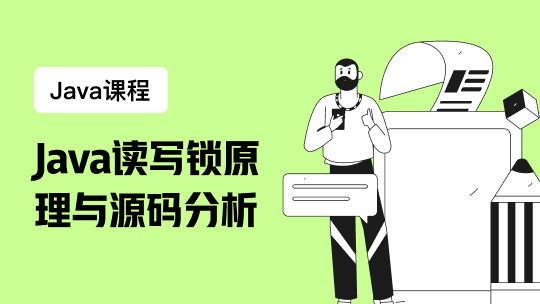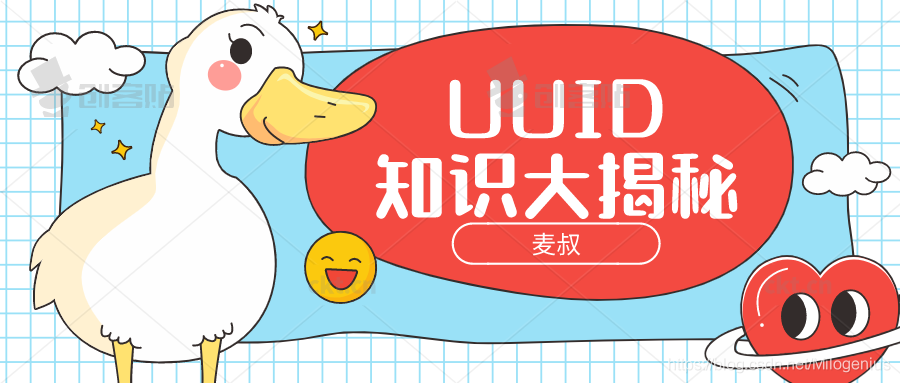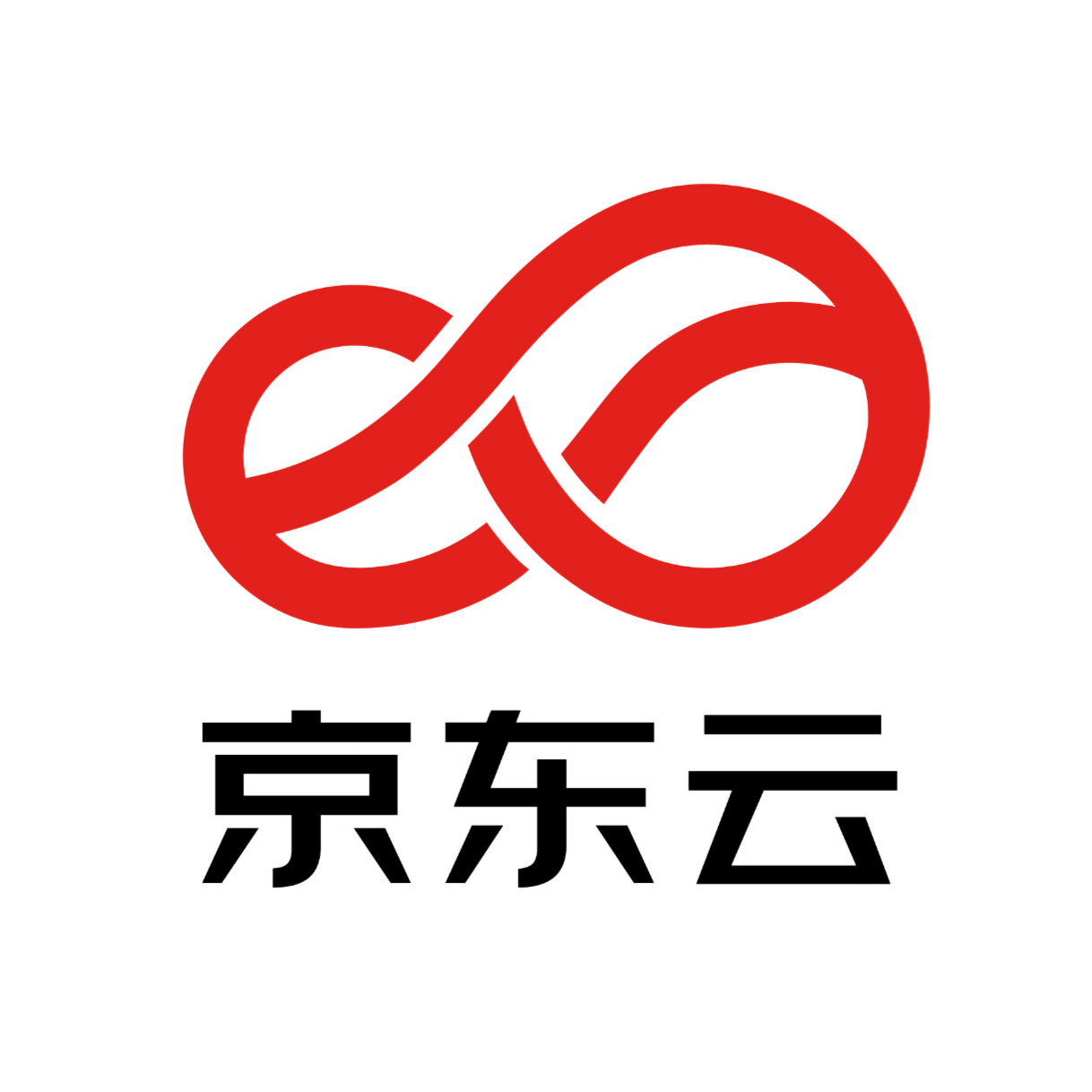UDID被弃用,使用UUID来作为设备的唯一标识。获取到UUID后,如果用NSUserDefaults存储,当程序被卸载后重装时,再获得的UUID和之前就不同了。使用keychain存储可以保证程序卸载重装时,UUID不变。但当刷机或者升级系统后,UUID还是会改变的。但这仍是目前为止最佳的解决办法了,如果有更好的解决办法,欢迎留言。 (我整理的解决办法的参考来源:http://blog.k-res.net/archives/1081.html) 给大家两个类:
UUID.h中的代码:
#import 尖括号(Foundation/Foundation.h)
@interface UUID : NSObject
+(NSString *)getUUID;
@end
UUID.m中的代码:
#import "UUID.h" #import 尖括号(Foundation/Foundation.h) #import "KeychainItemWrapper.h"
@implementation UUID
+(NSString *)getUUID { KeychainItemWrapper *keychainItem = [[KeychainItemWrapper alloc]
initWithIdentifier:@"UUID"
accessGroup:@"YOUR_BUNDLE_SEED.com.yourcompany.userinfo"];
NSString *strUUID = [keychainItem objectForKey:(id)CFBridgingRelease(kSecValueData)];
//首次执行该方法时,uuid为空
if ([strUUID isEqualToString:@""])
{
CFUUIDRef uuidRef = CFUUIDCreate(kCFAllocatorDefault);
strUUID = (NSString *)CFBridgingRelease(CFUUIDCreateString (kCFAllocatorDefault,uuidRef));
[keychainItem setObject:strUUID forKey:(id)CFBridgingRelease(kSecValueData)];
}
return strUUID;
}
@end
第二个类是苹果官方的一个Demo里封装的,Demo的下载地址:http://developer.apple.com/library/ios/#samplecode/GenericKeychain/Listings/Classes_KeychainItemWrapper_h.html#//apple_ref/doc/uid/DTS40007797-Classes_KeychainItemWrapper_h-DontLinkElementID_9
KeychainItemWrapper.h中的代码:
#import 尖括号(UIKit/UIKit.h)
@interface KeychainItemWrapper : NSObject { NSMutableDictionary *keychainItemData; NSMutableDictionary *genericPasswordQuery; }
@property (nonatomic, retain) NSMutableDictionary *keychainItemData; @property (nonatomic, retain) NSMutableDictionary *genericPasswordQuery;
- (id)initWithIdentifier: (NSString *)identifier accessGroup:(NSString *) accessGroup;
- (void)setObject:(id)inObject forKey:(id)key;
- (id)objectForKey:(id)key;
- (void)resetKeychainItem;
@end
KeychainItemWrapper.m中的代码:
#import "KeychainItemWrapper.h" #import 尖括号(Security/Security.h)
@interface KeychainItemWrapper (PrivateMethods)
(NSMutableDictionary *)secItemFormatToDictionary:(NSDictionary *)dictionaryToConvert;
(NSMutableDictionary *)dictionaryToSecItemFormat:(NSDictionary *)dictionaryToConvert;
(void)writeToKeychain;
@end
@implementation KeychainItemWrapper
@synthesize keychainItemData, genericPasswordQuery;
- (id)initWithIdentifier: (NSString *)identifier accessGroup:(NSString *) accessGroup; { if (self = [super init]) { genericPasswordQuery = [[NSMutableDictionary alloc] init];
[genericPasswordQuery setObject:(id)CFBridgingRelease(kSecClassGenericPassword) forKey:(id)kSecClass]; [genericPasswordQuery setObject:identifier forKey:(id)CFBridgingRelease(kSecAttrGeneric)];
if (accessGroup != nil) { #if TARGET_IPHONE_SIMULATOR
#else [genericPasswordQuery setObject:accessGroup forKey:(id)kSecAttrAccessGroup]; #endif }
[genericPasswordQuery setObject:(id)CFBridgingRelease(kSecMatchLimitOne) forKey:(id)kSecMatchLimit];
[genericPasswordQuery setObject:(id)kCFBooleanTrue forKey:(id)kSecReturnAttributes];
NSDictionary *tempQuery = [NSDictionary dictionaryWithDictionary:genericPasswordQuery];
NSMutableDictionary *outDictionary = nil;
if (! SecItemCopyMatching((CFDictionaryRef)tempQuery, (CFTypeRef *)&outDictionary) == noErr)
{
[self resetKeychainItem];
[keychainItemData setObject:identifier forKey:(id)kSecAttrGeneric]; if (accessGroup != nil) { #if TARGET_IPHONE_SIMULATOR
#else [keychainItemData setObject:accessGroup forKey:(id)kSecAttrAccessGroup]; #endif } } else { self.keychainItemData = [self secItemFormatToDictionary:outDictionary]; }
[outDictionary release]; }
return self; }
- (void)dealloc { [keychainItemData release]; [genericPasswordQuery release];
[super dealloc]; }
(void)setObject:(id)inObject forKey:(id)key { if (inObject == nil) return; id currentObject = [keychainItemData objectForKey:key]; if (![currentObject isEqual:inObject]) { [keychainItemData setObject:inObject forKey:key]; [self writeToKeychain]; } }
(id)objectForKey:(id)key { return [keychainItemData objectForKey:key]; }
(void)resetKeychainItem { OSStatus junk = noErr; if (!keychainItemData) { self.keychainItemData = [[NSMutableDictionary alloc] init]; } else if (keychainItemData) { NSMutableDictionary *tempDictionary = [self dictionaryToSecItemFormat:keychainItemData]; junk = SecItemDelete((CFDictionaryRef)tempDictionary); NSAssert( junk == noErr || junk == errSecItemNotFound, @"Problem deleting current dictionary." ); }
[keychainItemData setObject:@"" forKey:(id)kSecAttrAccount]; [keychainItemData setObject:@"" forKey:(id)kSecAttrLabel]; [keychainItemData setObject:@"" forKey:(id)kSecAttrDescription]; [keychainItemData setObject:@"" forKey:(id)kSecValueData]; }
(NSMutableDictionary *)dictionaryToSecItemFormat:(NSDictionary *)dictionaryToConvert { NSMutableDictionary *returnDictionary = [NSMutableDictionary dictionaryWithDictionary:dictionaryToConvert]; [returnDictionary setObject:(id)kSecClassGenericPassword forKey:(id)kSecClass]; NSString *passwordString = [dictionaryToConvert objectForKey:(id)kSecValueData]; [returnDictionary setObject:[passwordString dataUsingEncoding:NSUTF8StringEncoding] forKey:(id)kSecValueData];
return returnDictionary; }
(NSMutableDictionary *)secItemFormatToDictionary:(NSDictionary *)dictionaryToConvert { NSMutableDictionary *returnDictionary = [NSMutableDictionary dictionaryWithDictionary:dictionaryToConvert]; [returnDictionary setObject:(id)kCFBooleanTrue forKey:(id)kSecReturnData]; [returnDictionary setObject:(id)kSecClassGenericPassword forKey:(id)kSecClass]; NSData *passwordData = NULL; if (SecItemCopyMatching((CFDictionaryRef)returnDictionary, (CFTypeRef *)&passwordData) == noErr) { [returnDictionary removeObjectForKey:(id)kSecReturnData]; NSString *password = [[[NSString alloc] initWithBytes:[passwordData bytes] length:[passwordData length] encoding:NSUTF8StringEncoding] autorelease]; [returnDictionary setObject:password forKey:(id)kSecValueData]; } else { NSAssert(NO, @"Serious error, no matching item found in the keychain.\n"); }
[passwordData release];
return returnDictionary; }
(void)writeToKeychain { NSDictionary *attributes = NULL; NSMutableDictionary *updateItem = NULL; OSStatus result;
if (SecItemCopyMatching((CFDictionaryRef)genericPasswordQuery, (CFTypeRef *)&attributes) == noErr) { updateItem = [NSMutableDictionary dictionaryWithDictionary:attributes]; [updateItem setObject:[genericPasswordQuery objectForKey:(id)kSecClass] forKey:(id)kSecClass]; NSMutableDictionary *tempCheck = [self dictionaryToSecItemFormat:keychainItemData]; [tempCheck removeObjectForKey:(id)kSecClass];
#if TARGET_IPHONE_SIMULATOR
[tempCheck removeObjectForKey:(id)kSecAttrAccessGroup]; #endif result = SecItemUpdate((CFDictionaryRef)updateItem, (CFDictionaryRef)tempCheck); NSAssert( result == noErr, @"Couldn't update the Keychain Item." ); } else { result = SecItemAdd((CFDictionaryRef)[self dictionaryToSecItemFormat:keychainItemData], NULL); NSAssert( result == noErr, @"Couldn't add the Keychain Item." ); } }
@end
PS: 1. KeychainItemWrapper类在官方Demo里面也有,如果我复制出错了,大家可以在上面的链接上下载官方Demo. 2.使用时要添加Security.framework 3. 尤为注意的是,UUID类下面这句代码中group的设置方法。 KeychainItemWrapper *keychainItem = [[KeychainItemWrapper alloc]
initWithIdentifier:@"UUID"
accessGroup:@"YOUR_BUNDLE_SEED.com.yourcompany.userinfo"];
(1)在项目相同的目录下创建KeychainAccessGroups.plist文件。
(绝对有用)iOS获取UUID,并使用keychain存储
该文件的结构中最顶层的节点必须是一个名为“keychain-access-groups”的Array,并且该Array中每一项都是一个描述分组的NSString。YOUR_BUNDLE_SEED.com.yourcompany.userinfo就是要设置的组名。 (2)在项目相同的目录下创建KeychainAccessGroups.plist文件。在Target-Build Settings-Code Signing栏下的Code Signing Entitlements右侧添加KeychainAccessGroups.plist,如下图。 (绝对有用)iOS获取UUID,并使用keychain存储
到此,工作就完成了。 首次安装程序时,打印出一个uuid,当把程序卸载后,再用getUUID获得 uuid,打印出来的结果和之前相同。证明达到目的。
测试代码:
NSString * uuid= [UUID getUUID]; NSLog(@"uuid=%@",uuid); 测试结果: uuid=19AAB430-9CB8-4325-ACC5-D7D386B68960












